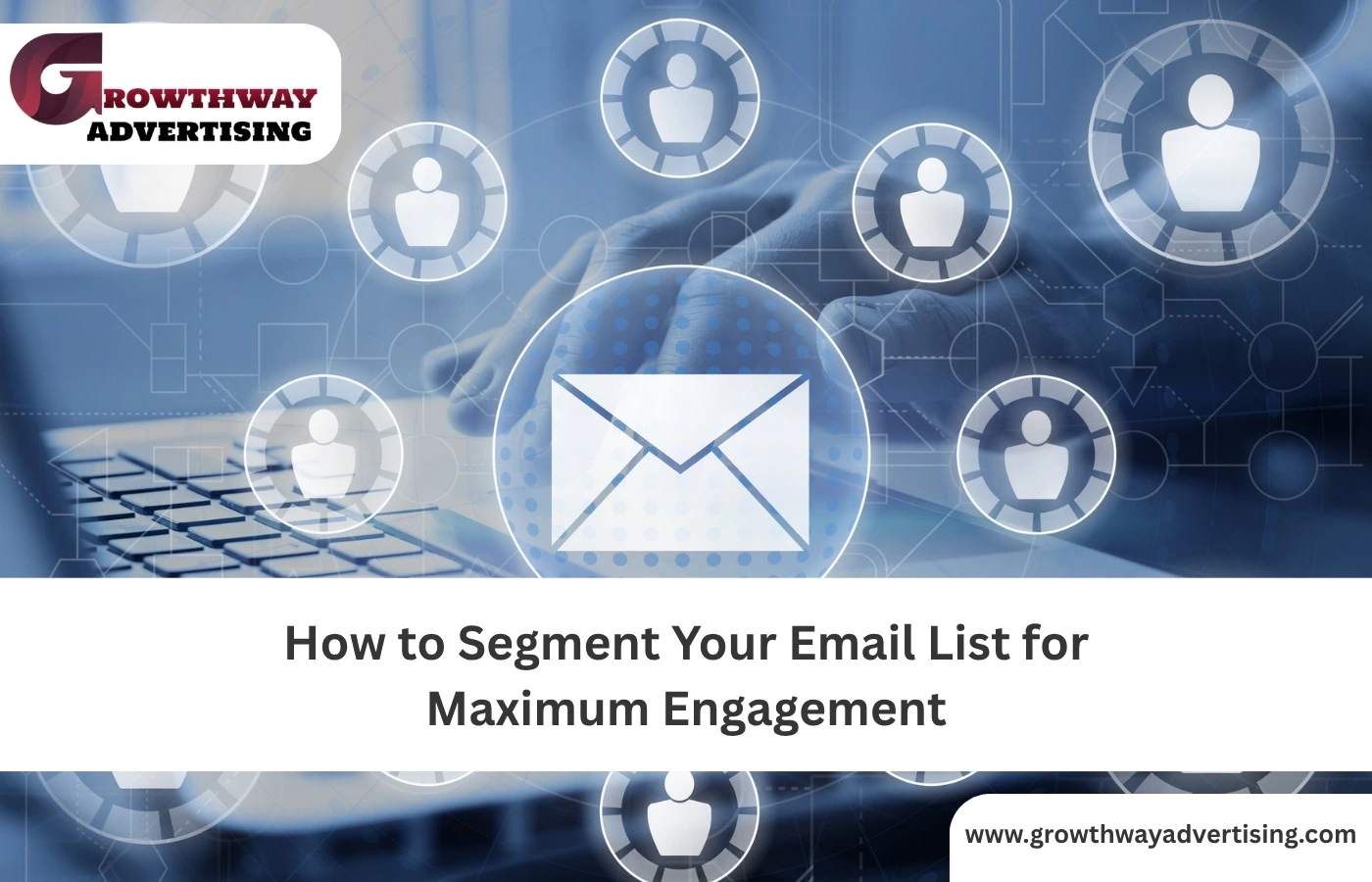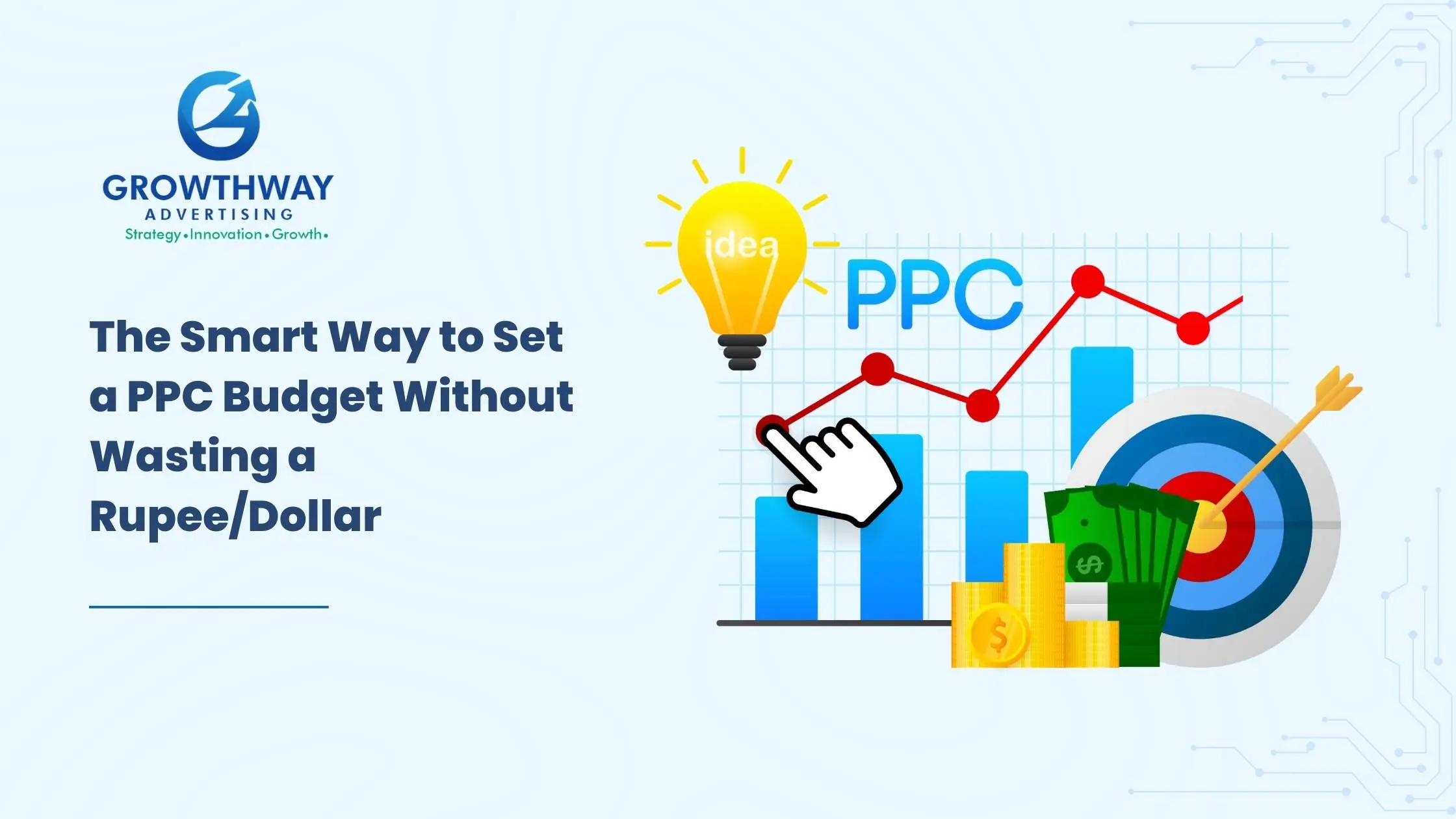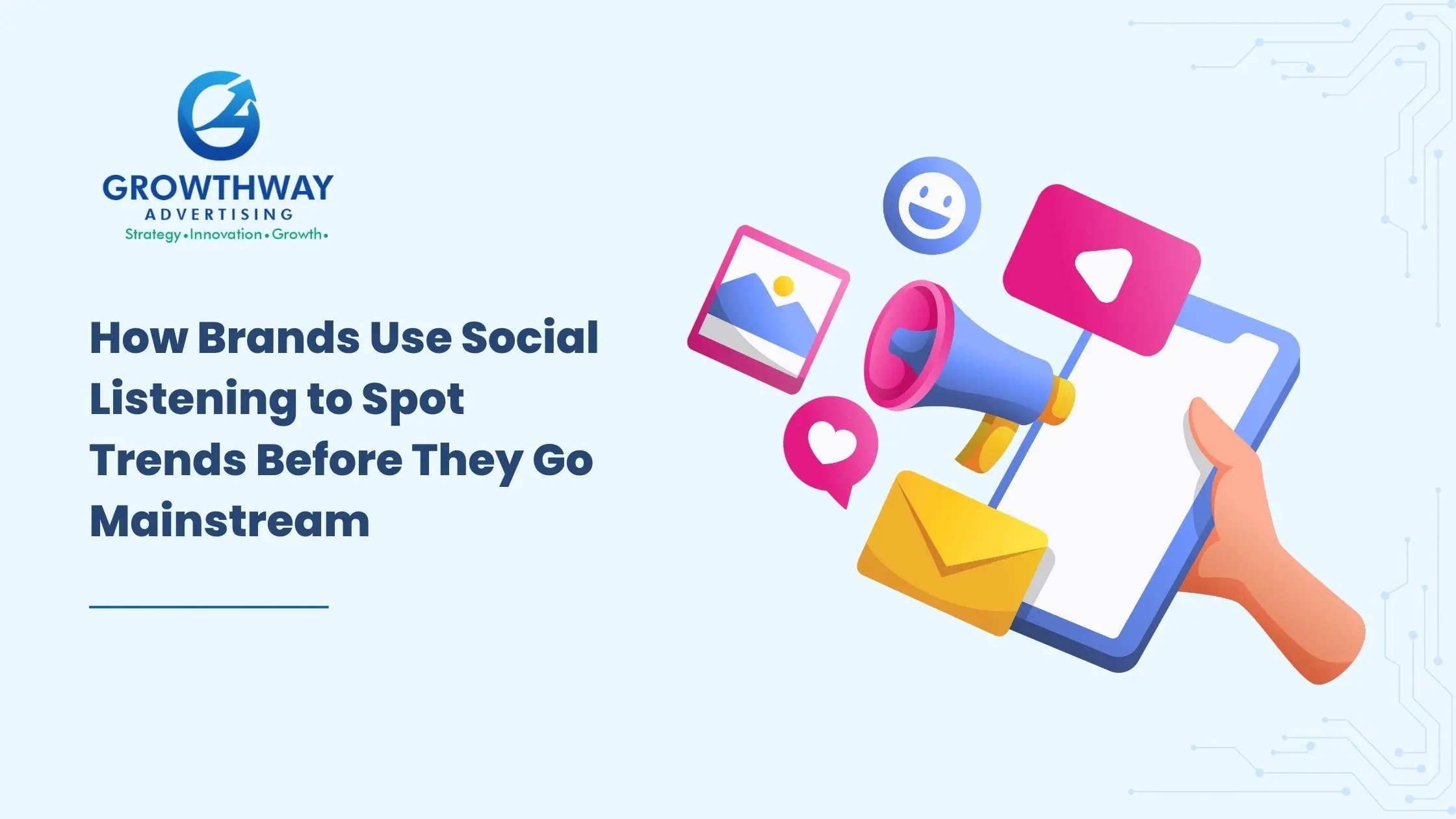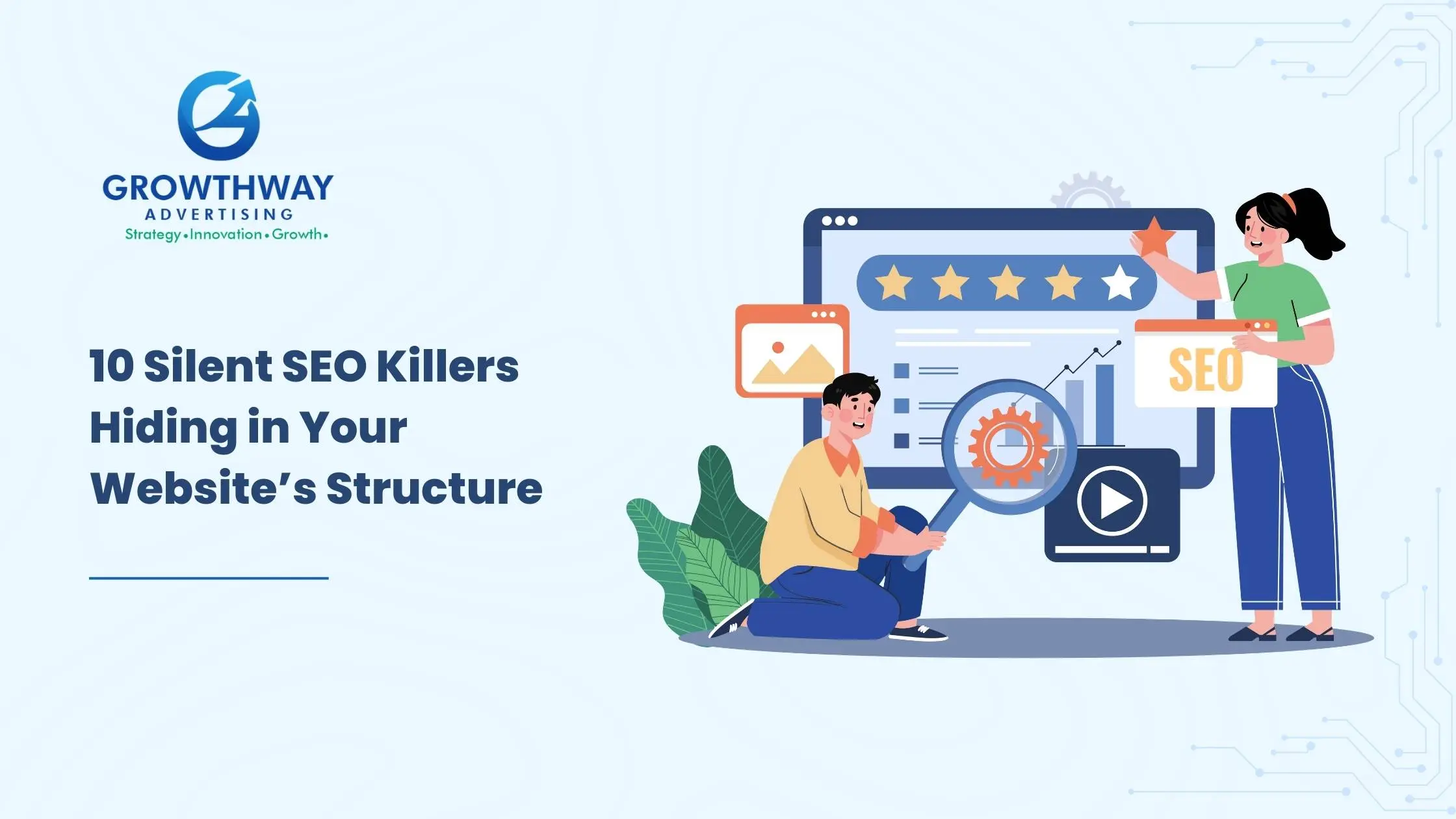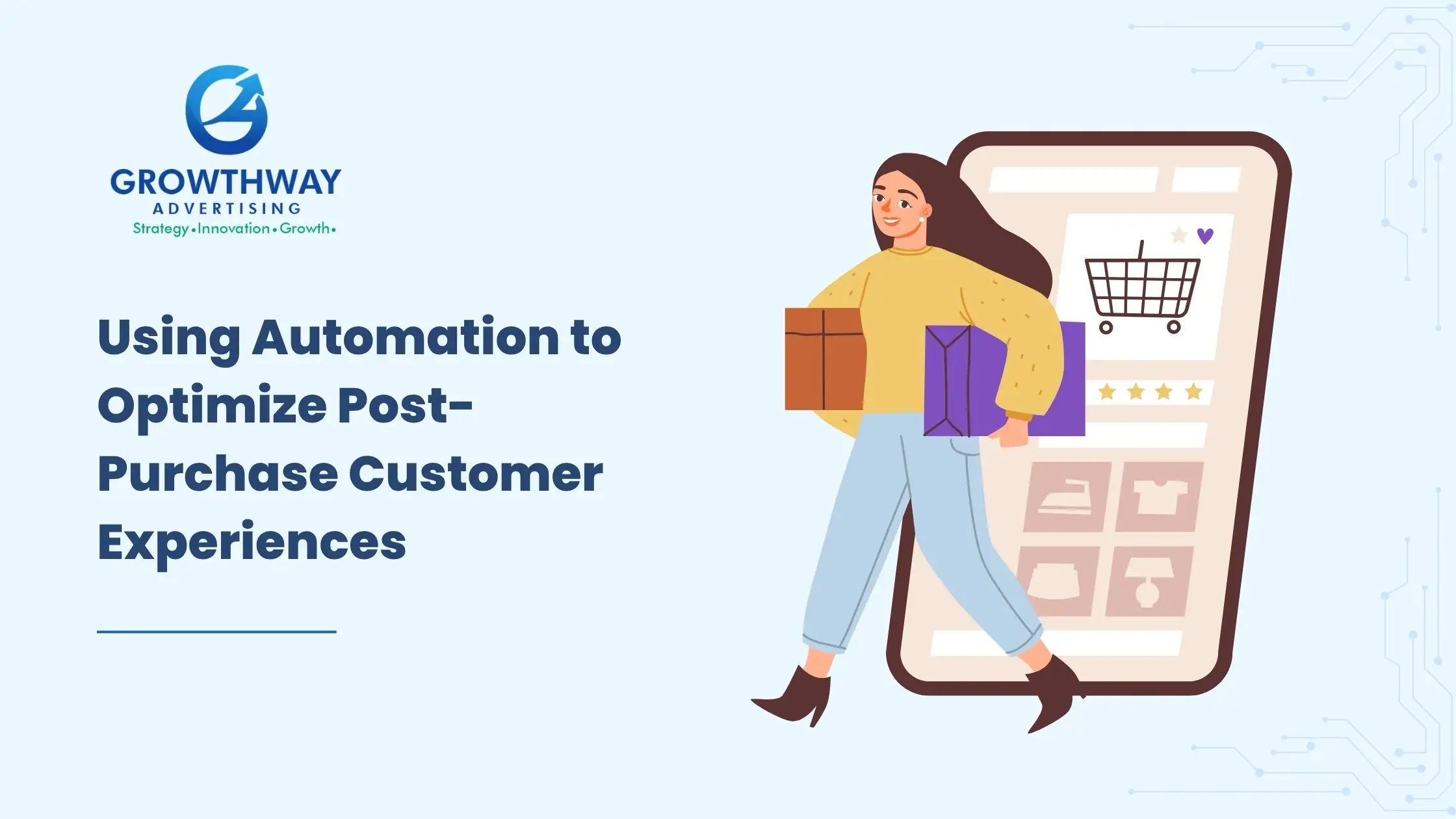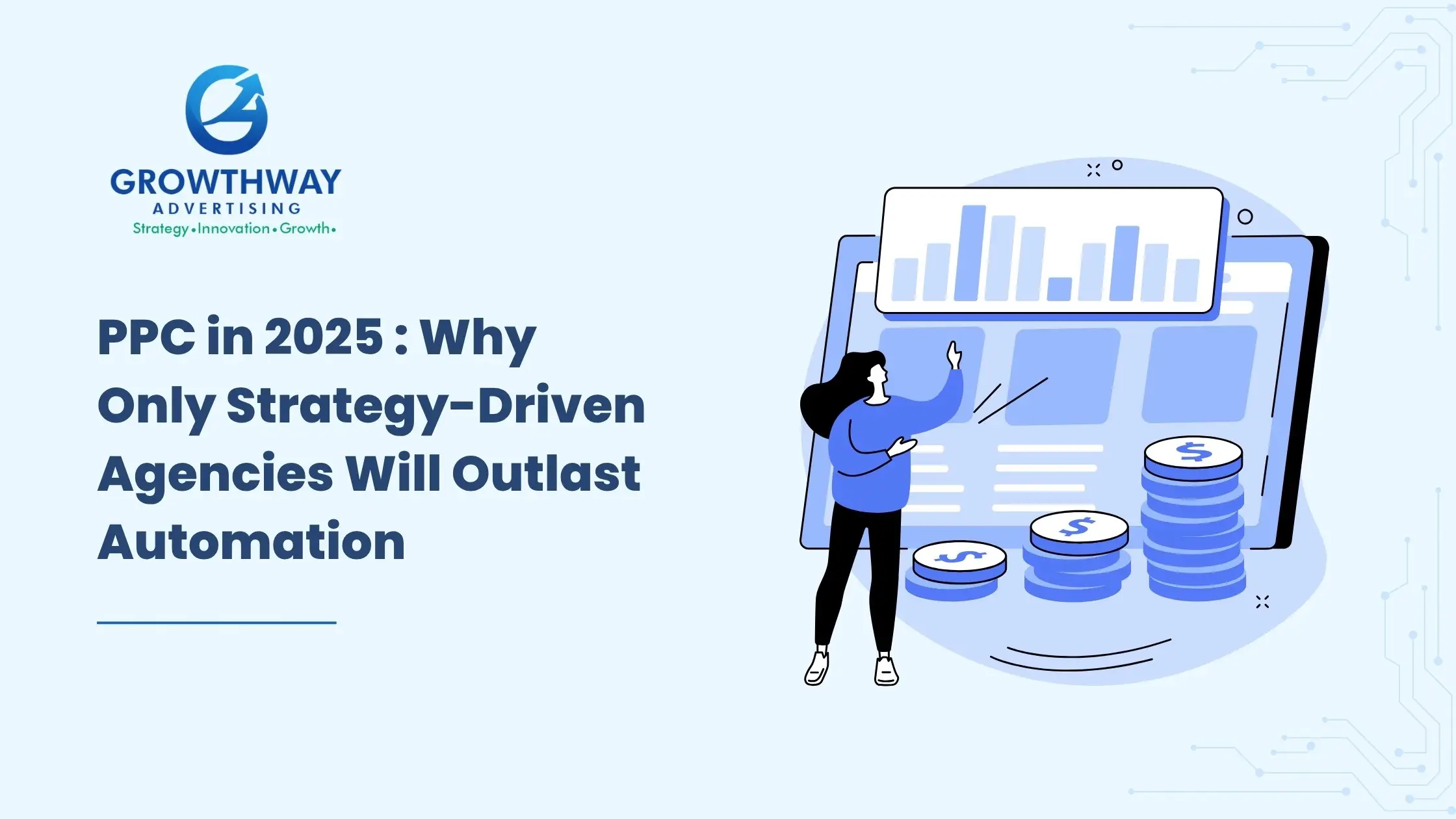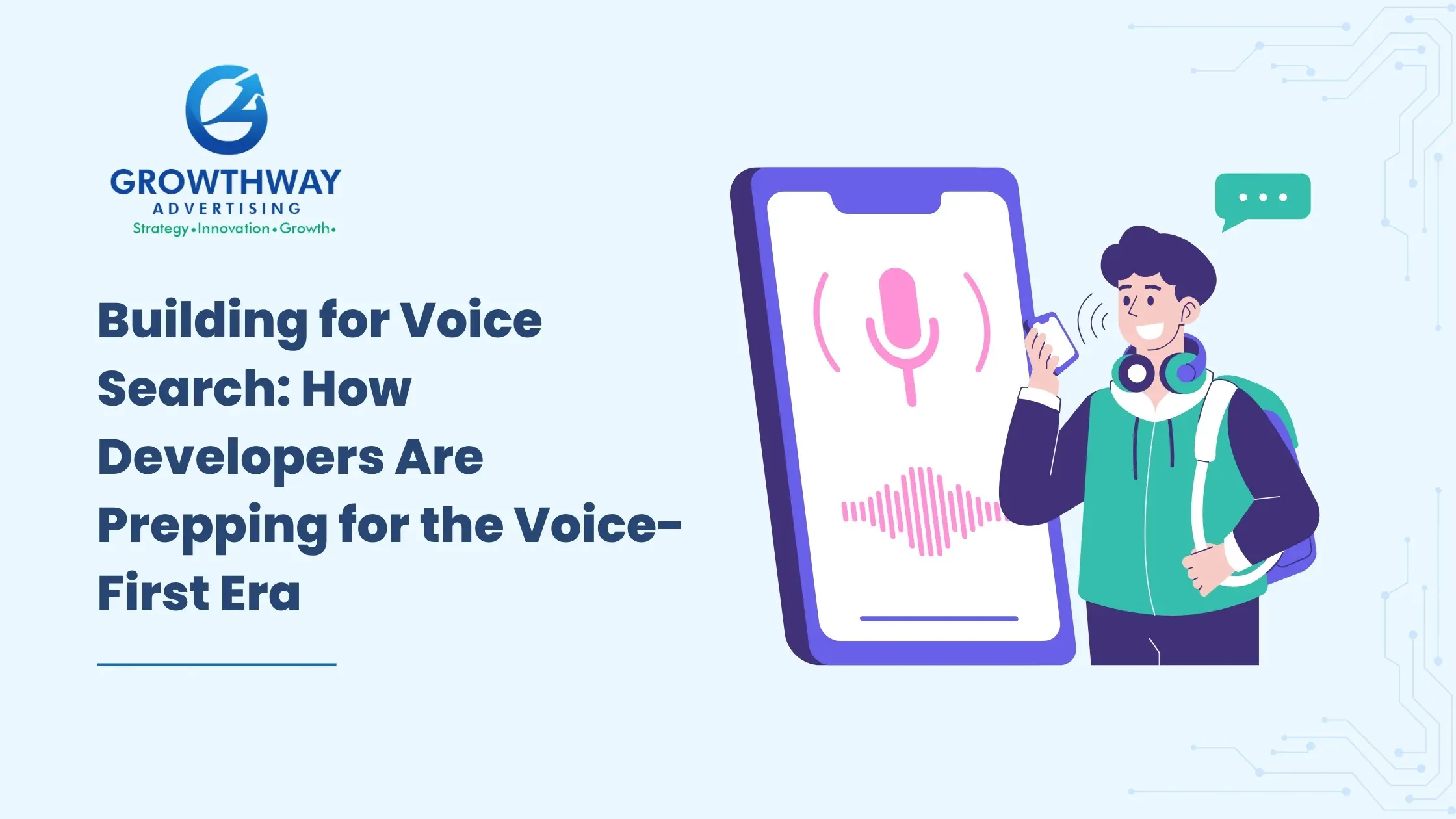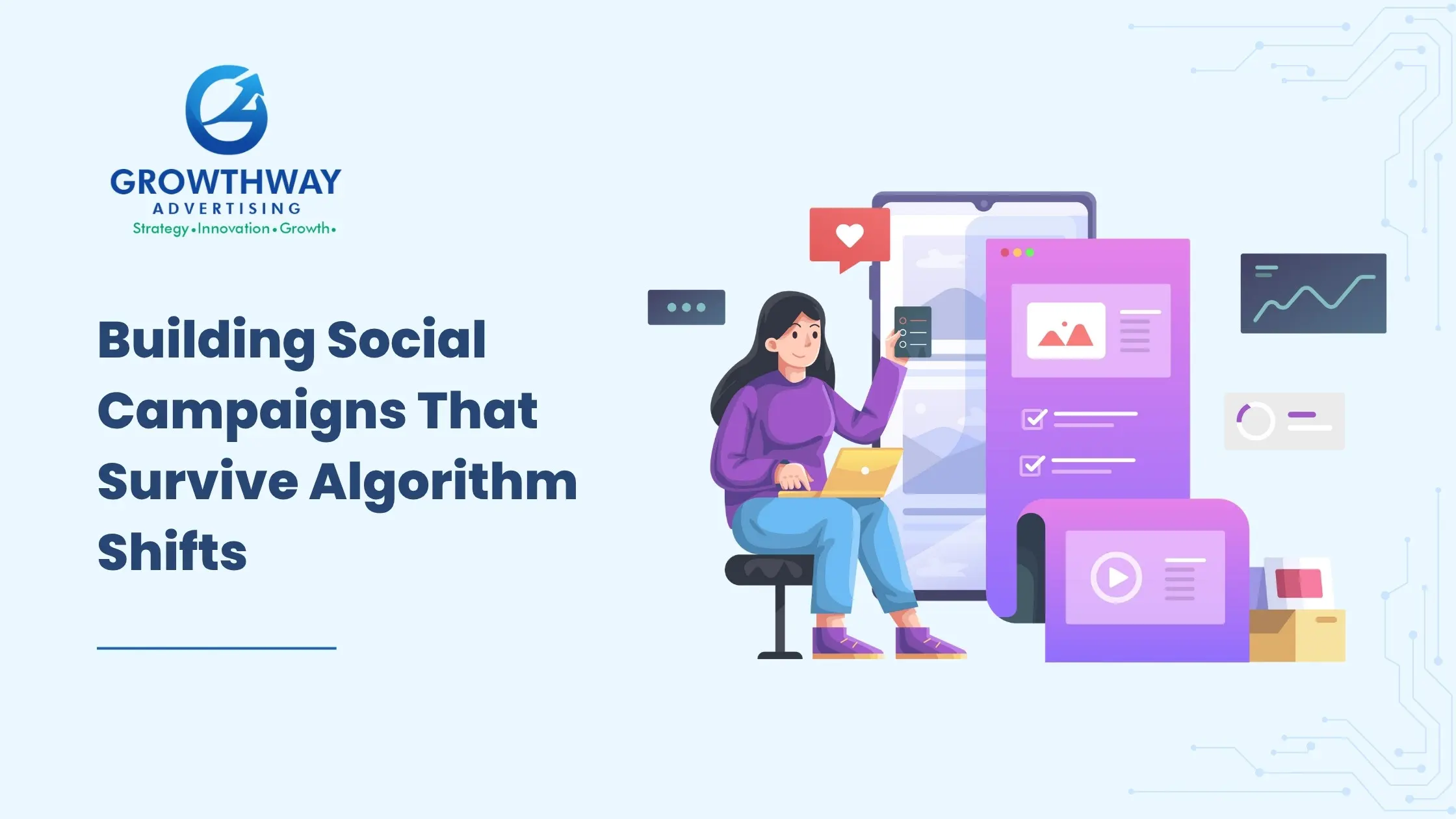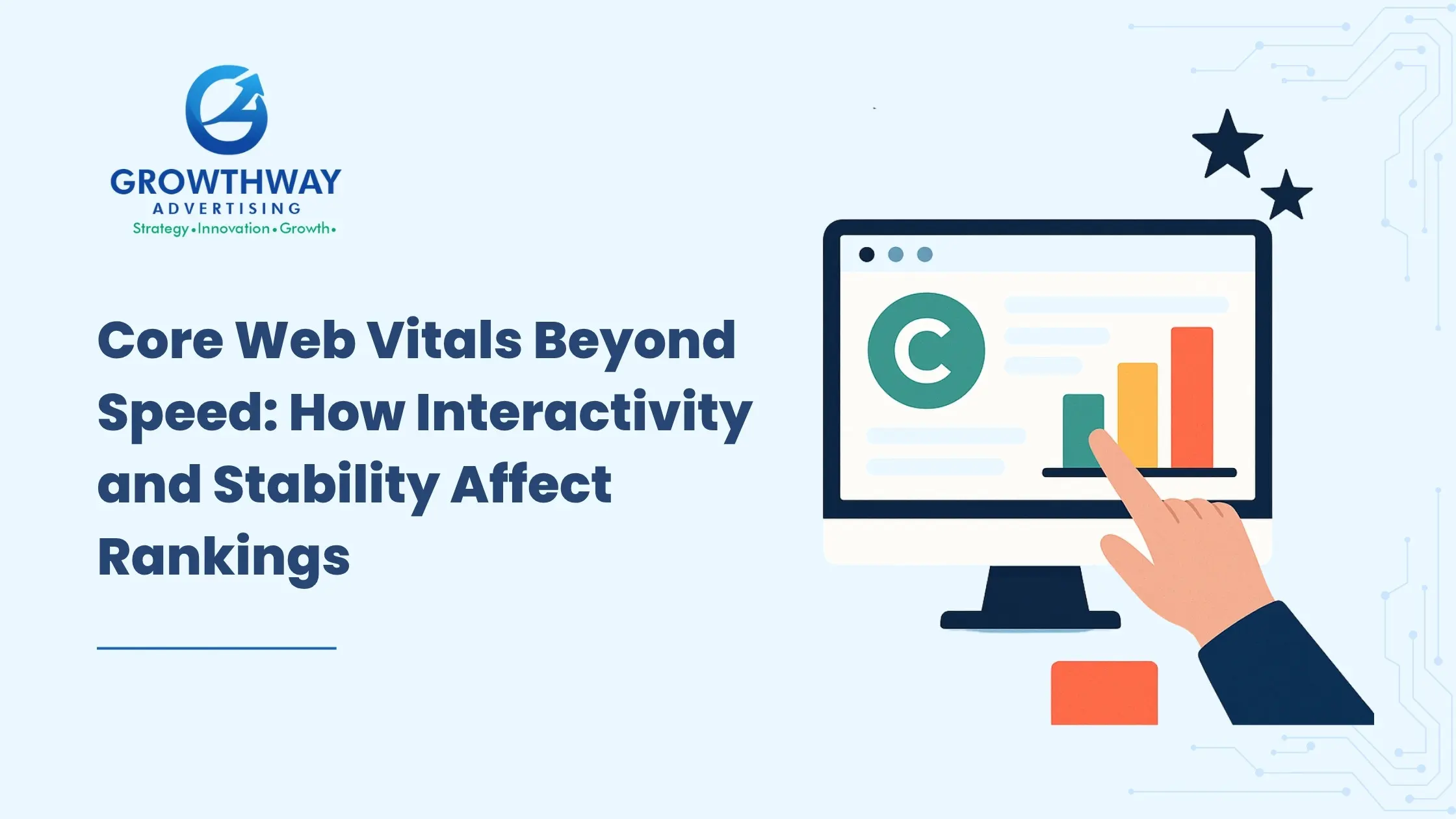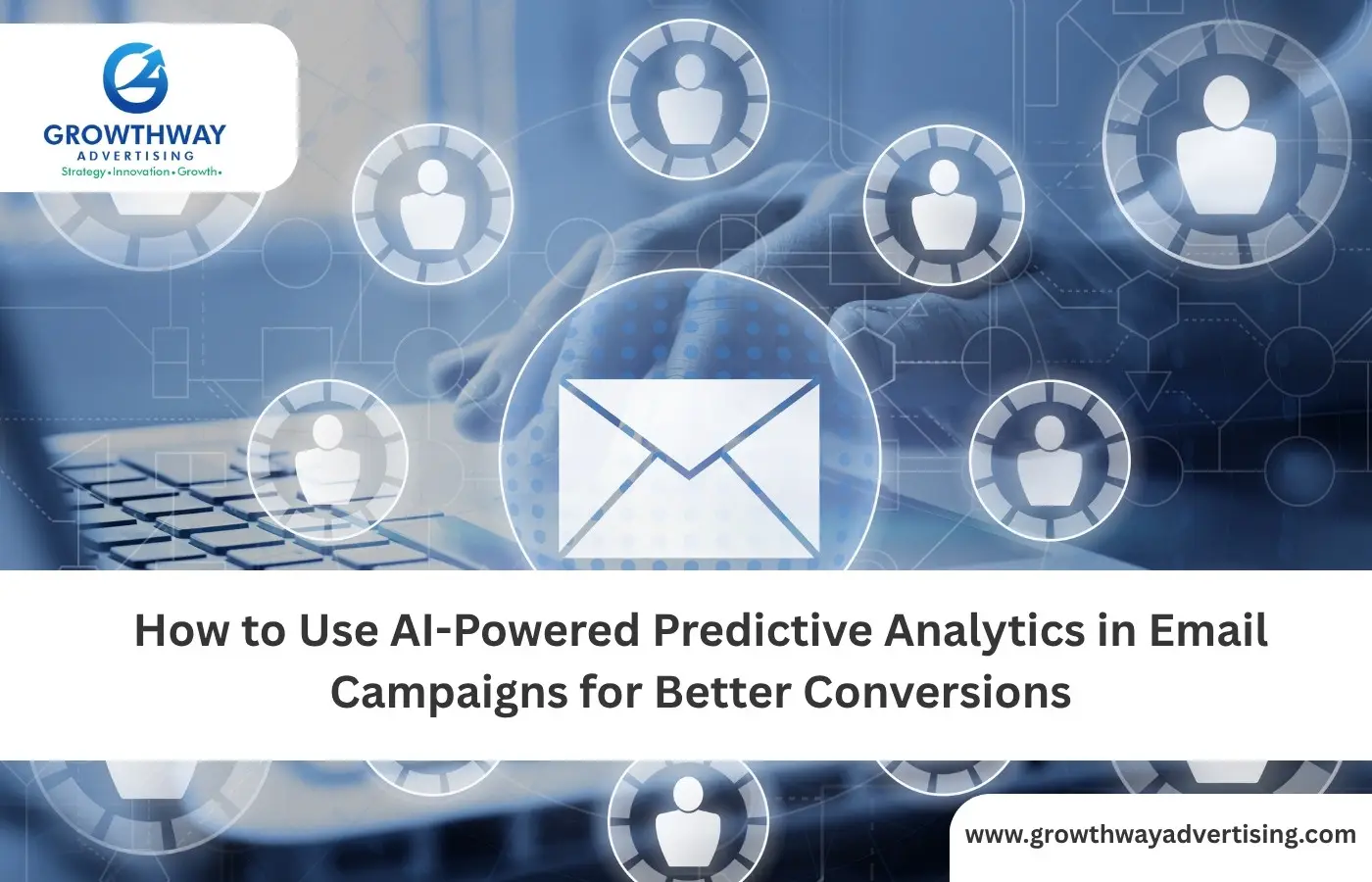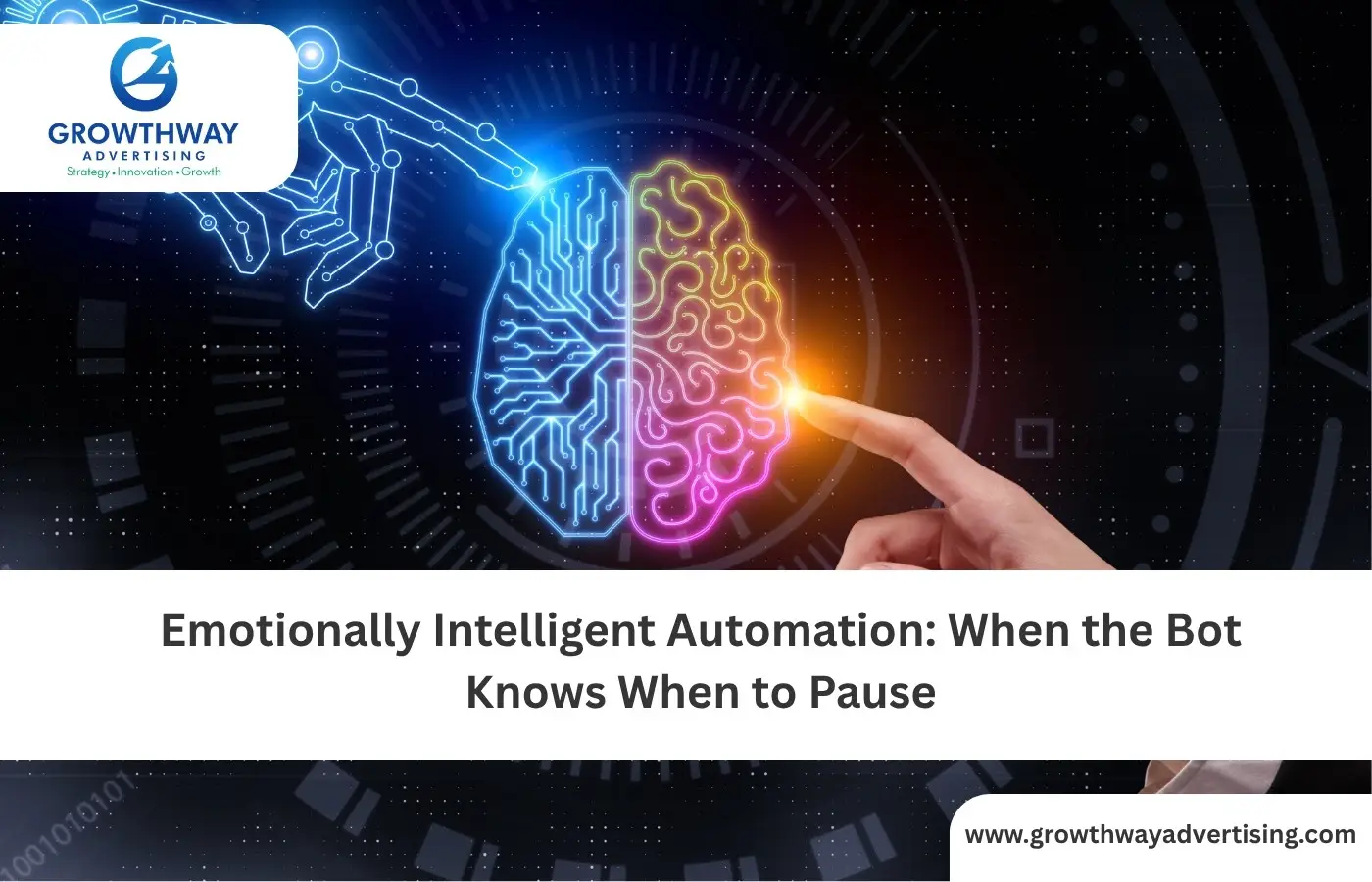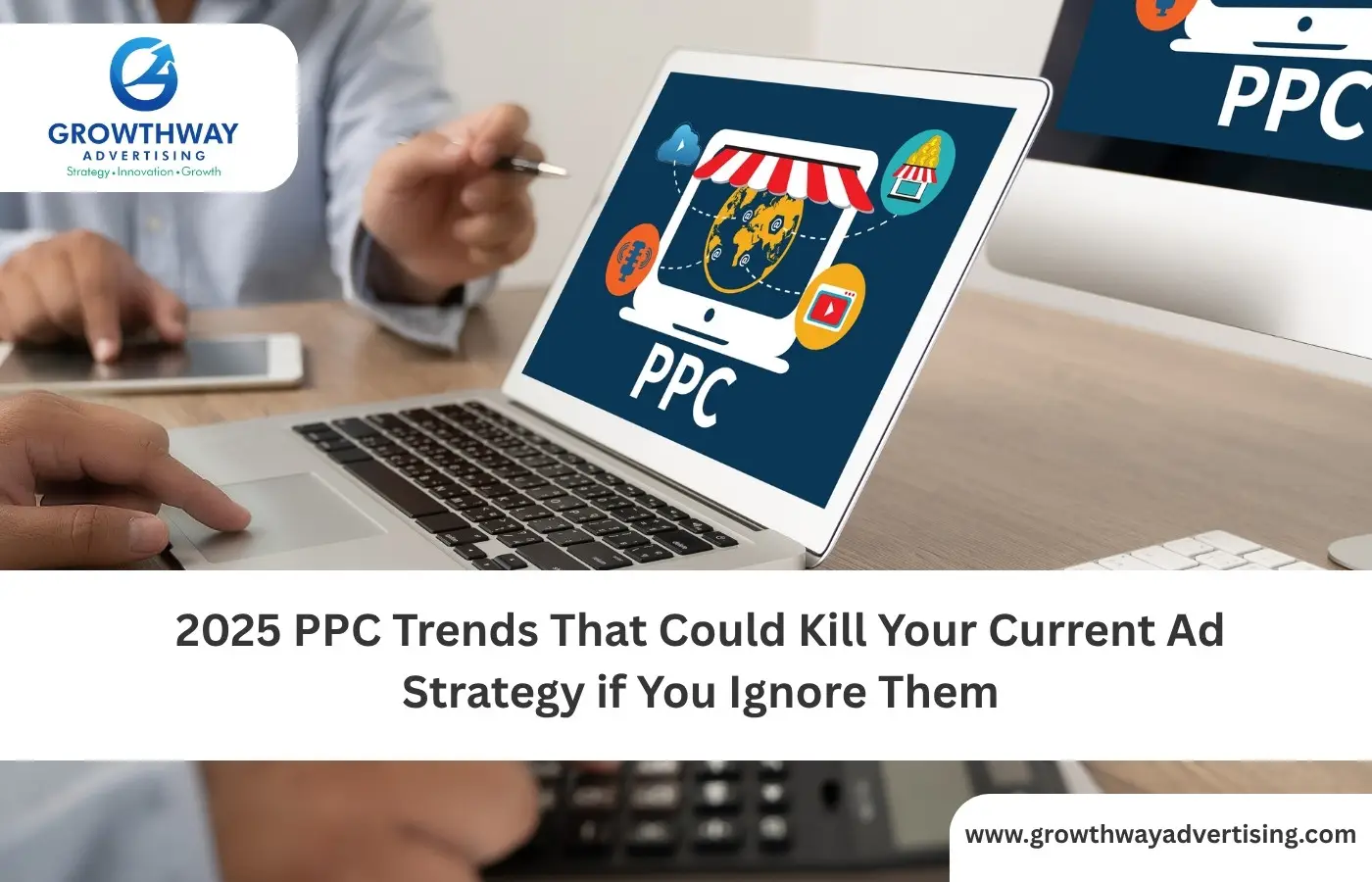If you’re still sending the same email to your entire list, you’re not just behind you’re invisible The segmentation of the emails is no longer optional. That is why your click-through rate remains low, the number of opened messages decreases, and your targeted marketing campaigns fail to work.
Now, let me deconstruct email list segmentation in order to increase the engagement in your emails and turn your database to lead generation. Not the simple levels that everyone speaks of–but down to the more underused, segmentation strategies that do translate into movement.
Start with Data That Matters
The quality of your data is what makes your segmentation strategy succeed or fail. What you want is to clean your list, and collect valuable information before you do anything:
- Demographic info: age, gender, location, job title
- Behavioral patterns: site visits, clicks, purchases
- Engagement history: opens, time spent reading, response to CTAs
- Transactional records: order frequency, cart activity, spend range
- Zero-party data: quiz answers, form submissions, user-selected preferences
Most of this is supposed to be in place when using a solid email marketing automation platform. Otherwise, you need to upgrade your stack or seek professional help from an email marketing agency.
Core Segments You Must Build
Your list must, at least, be segmented along the following dimensions:
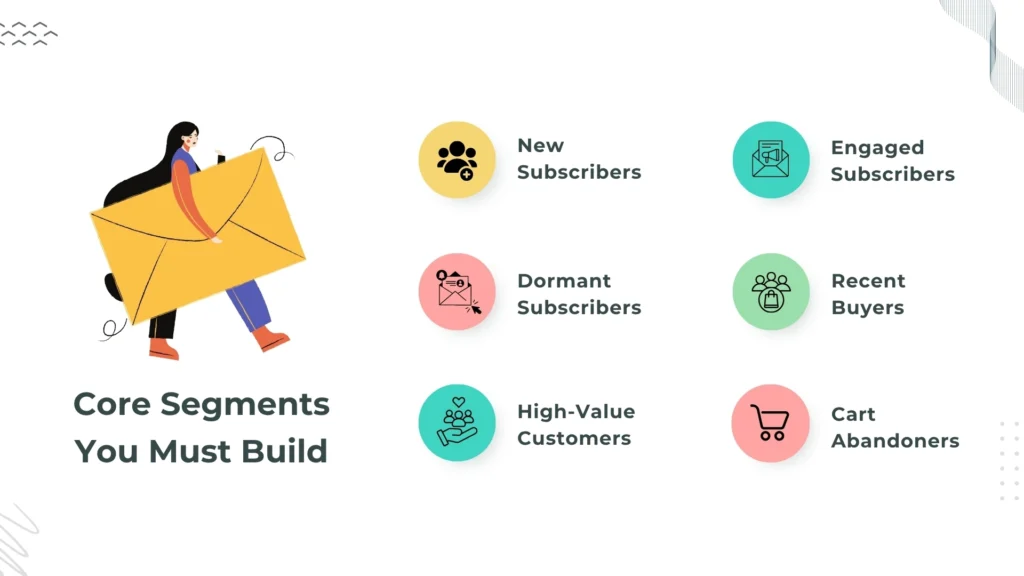
1. New Subscribers
They are your curious window shoppers. Instead, they require onboarding and not sales. Establish a welcome sequence of automatic interactions in which the recipient develops trust and expectation.
2. Engaged Subscribers
They are opening and clicking at regular intervals. Care of these individuals should entail product updates, backstage paraphernalia, and exclusive previews.
3. Dormant Subscribers
They haven’t opened anything in 30, 60, or 90 days. Establish a re-engagement campaign with the subject lines like We Miss You and personal incentives.
4. Recent Buyers
They have just bought- excellent moment to attempt upsell or cross-sell thoughtfully. Consider complementary merchandise or information that assists them to consume what they purchased.
5. High-Value Customers
Segments in place of average order value and frequency. This is your brand evangelist. Handle them as VIPs: Checked-in first, rewards, and exclusives.
6. Cart Abandoners
Traditional and telling. Target them with incentive tests, follow-ups with personalized details regarding what they could have left behind.
Advanced Segmentation You’re Probably Not Using (But Should)
This is what most businesses and email marketing services do not deliver and this is the part of the service that you frequently need to request that the email marketing service provides.
1. Content Consumption Behavior
Monitor which articles, videos or downloads the users touch. Segment based on content to adjust the content of the email to what they have been interested in.
2. Device Type and Time of Day
Are there subscribers who access emails through mobiles only at night? Segment them. Timing of sends and layout of publications should be optimized to suit their habits.
3. Customer Lifecycle Stage
Map the email customer journey– is the customer at awareness, consideration or retention stage? Have them on the move by sending them different material at each point.
4. Lead Source
Was it through a webinar, a Facebook ad or organic search? Segment based on origin. They most probably have a variant of mindset and expectation.
5. Survey or Quiz Responses
The zero-party data gold. When a person tells you that he/she is a novice in your niche, do not overwhelm him/her with sophisticated materials. Develop nurture tracks according to needs identified.
Behavioral Segmentation in Action
Imagine that you are a fitness brand online. You would break it up as follows:
- Users who visited yoga content 3+ times but never purchased = send beginner yoga guide
- Past purchasers of gym equipment = send offers on workout plans
- Users who opened last 3 newsletters but didn’t click = test CTA placement and headline relevance
It is email segmentation which is right. It is not about mass personalization, it is about relevance.
How to Execute It with Email Automation
People are not going around manually doing 15 versions of an email. This is where email marketing automation will save you.
Use tools like Mailchimp, Klaviyo, or HubSpot to:
- Set up if-then automations
- Trigger emails based on actions (link clicks, site visits, purchase behavior)
- Assign users to new segments in real-time
- A/B test content per segment and track results
Automation allows building targeted marketing campaigns without impoverishing your team by overworking them.
How a Good Email Marketing Agency Can Help
When you already have lots of contacts but you are not getting any ROI, then an effort to hire a professional email marketing agency (or even wise email marketing companies in your area) can eliminate the guesswork.
Top email marketing agencies in India, for example, now offer:
- Automated segmentation audits
- Predictive engagement modeling
- Integration with CRM and eCommerce platforms
- Custom workflows based on email engagement and behavior
Their role here is not only to send emails (through their email marketing services) but to enable you to tap into the potential of each of your contacts by using email marketing services that are actually effective in converting.
Segment Sizes: Bigger Isn’t Always Better
The thing is, larger segments do not always work best. Otherwise, in case the group is too general, the material will not seem to be relevant. However, when it is too small it can mean it is not worth the time to be taken.
Track these metrics per segment:
- Open rates (subject line relevance)
- Click-through rate (content match)
- Conversion or goal completions
- Engagement over time
Optimize segment rules on the basis of data. Do not let your lists sit idle, performance should be reviewed on an at least 30-60 day basis.
Segmenting Is Useless Without Testing
It is not enough to think that your segmentation is functioning; you must test it. Run controlled A/B experiments like:
- Email with segmentation vs. same email to full list
- Different offers by segment
- Subject line testing per audience type
This is the way to go beyond simple email marketing to the actual optimization. Segmenting is useless as you have to show that it increases a click-through rate or conversions.
In addition, monitor the exit points of users in email customer journeys. Your next segmentation point will be that drop-off point.
Combine Email Segmentation with Dynamic Content
It is one thing to segregate your list. It is one thing to personalize the content in the same email with a dynamic block.
Let’s say you’re emailing a product update. You could show:
- A “Pro user” testimonial to advanced users
- A “Getting Started” guide to new users
- A discount block to churn-risk users
Same email. Depending on the segment, different experiences.
It is here that segmentation becomes results.
Don’t Forget the Cleanup Work
A bloated list hurts open rates and deliverability. Use segmentation to:
- Remove unengaged users
- Identify spam traps
- Reconfirm old addresses
- Limit over-sending to low-engagement groups
You desire not only large pieces, but active ones. Continue to shorten and cultivate your list as a real performing sales pipeline.
This is how modern email marketing services should work. Not just beautiful templates or catchy subject lines but using data, segmentation, and testing to actually increase email engagement.
FAQ’s
Because it helps you send relevant messages. Segmented emails consistently have higher open rates, click-through rates, and lower unsubscribe rates.
Begin by collecting basic data location, signup source, purchase behavior, and engagement metrics, then group users by those traits using your email marketing automation platform.
Yes. When people receive emails tailored to their needs or behavior, they’re much more likely to engage with your targeted marketing campaigns.
Segmentation groups your audience. Personalization tailors the content within the email (like using a name or custom offer) for that group.
Most email marketing services like Mailchimp, Klaviyo, or HubSpot offer robust segmentation and email marketing automation features.
Track who opens, clicks, or ignores your emails. Create segments like “Highly Engaged,” “Occasionally Engaged,” or “Unengaged” and tailor messages accordingly.

